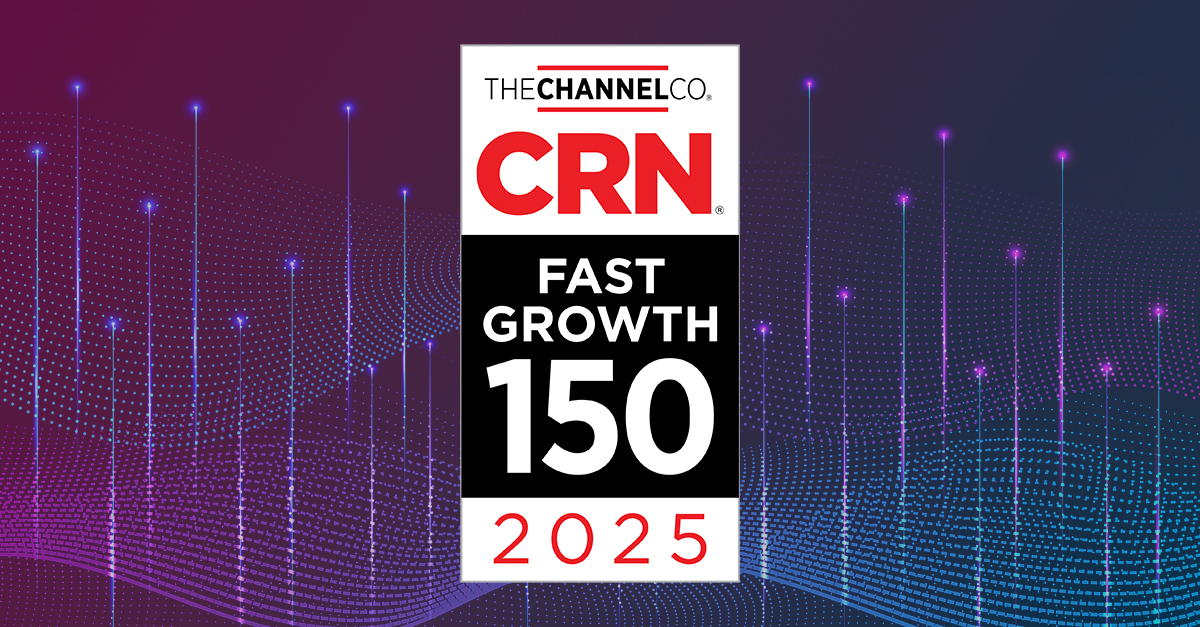In the age of digital transformation, businesses are constantly seeking ways to improve efficiency, reduce costs, and enhance customer experiences. Enter the Internet of Things (IoT)—a game-changing technology that is revolutionizing the way organizations operate. IoT is no longer a futuristic concept but a reality that’s already shaping the present and future of smart business operations.
From smart sensors that monitor inventory to devices that track employee productivity, IoT is seamlessly integrating into the fabric of everyday business. But what exactly does this mean for businesses? How is IoT driving change, and how can organizations leverage it to stay ahead of the curve? Let’s explore.
1. Enhanced Operational Efficiency with Real-Time Data
One of the biggest advantages of IoT is the ability to gather and analyze real-time data. Businesses can monitor everything from supply chain activity to employee performance using connected devices. This provides a wealth of insights that were previously unavailable or difficult to access.
For example:
IoT sensors in manufacturing plants can monitor machine performance, detect potential malfunctions, and predict maintenance needs before costly downtime occurs.
Connected inventory systems can track stock levels and trigger automatic reordering when supplies run low, reducing the risk of overstocking or stockouts.
Smart office equipment can track usage patterns, helping businesses optimize resource allocation and reduce waste.
By leveraging real-time data, businesses can make better-informed decisions, identify inefficiencies, and implement improvements swiftly.
2. Automation of Routine Tasks
IoT is at the heart of automation in smart business operations. By connecting devices, equipment, and systems, businesses can automate time-consuming tasks, freeing up human resources for more strategic work.
Consider how IoT can automate everyday tasks:
Smart lighting and climate control: Businesses can set up IoT systems that adjust lighting and temperature based on employee presence or time of day, optimizing energy consumption and reducing utility costs.
Automated scheduling and resource management: IoT-enabled tools can schedule equipment usage, allocate resources, and ensure optimal workforce deployment, reducing manual intervention and human error.
Customer-facing automation: IoT can automate customer service with smart kiosks, interactive displays, and automated customer feedback systems, improving the customer experience while reducing the workload on staff.
With the power of IoT, businesses can streamline operations, reduce labor costs, and improve accuracy—all of which contribute to better overall efficiency.
3. Improved Customer Experience and Personalization
In today’s highly competitive business environment, delivering a personalized customer experience is crucial. IoT enables businesses to collect detailed insights into customer behaviors and preferences, allowing for tailored interactions that drive loyalty and satisfaction.
Here’s how IoT is transforming customer engagement:
Smart devices and wearables: By collecting data on customer behavior, preferences, and usage patterns, businesses can personalize offerings and deliver more targeted services. For example, a fitness brand could use IoT data from wearable devices to provide customized workout plans and product recommendations.
Connected retail experiences: In retail, IoT-powered solutions like smart shelves or RFID tags can track customer preferences and inventory in real-time, offering tailored discounts, promotions, or product suggestions directly to shoppers via mobile apps.
Proactive service: By leveraging IoT data, businesses can anticipate customer needs and provide proactive support. For instance, IoT-enabled systems in vehicles can predict maintenance needs and alert customers to service requirements before they become an issue.
By tapping into the data provided by IoT devices, businesses can improve customer experiences, increase satisfaction, and drive customer retention.
4. Predictive Maintenance and Cost Savings
The predictive capabilities of IoT can significantly reduce maintenance costs by shifting from traditional reactive maintenance to a proactive approach. Using IoT-enabled sensors, businesses can monitor the condition of machinery and equipment in real-time, detect early signs of wear and tear, and schedule maintenance before a problem arises.
For example:
Manufacturing: In a factory, IoT devices can monitor machinery for signs of malfunction or inefficiency, allowing businesses to perform maintenance before a machine breaks down, avoiding expensive repairs and production delays.
Fleet management: IoT in fleet management can track vehicle conditions, alerting businesses to potential issues before they become costly repairs or cause downtime.
Facility management: In office buildings or commercial spaces, IoT can monitor HVAC systems, lighting, and other equipment to ensure they are operating optimally, preventing energy waste and reducing operational costs.
By leveraging predictive maintenance, businesses can minimize downtime, extend the lifespan of assets, and cut unnecessary repair costs.
5. Smarter Supply Chain Management
IoT is transforming supply chain operations by improving visibility, traceability, and efficiency. With real-time tracking and smart sensors, businesses can monitor shipments, track inventory, and streamline logistics operations, all while reducing errors and delays.
Here’s how IoT is enhancing supply chain management:
Real-time tracking: IoT-enabled GPS and RFID technologies can track products at every stage of the supply chain, from manufacturing to delivery, providing real-time visibility into the status of shipments and reducing the risk of theft or loss.
Inventory management: IoT sensors can monitor stock levels in warehouses and automatically trigger replenishment orders, ensuring inventory is always aligned with demand.
Predictive analytics: By integrating IoT data with predictive analytics, businesses can forecast supply chain disruptions, optimize routes, and improve delivery times, reducing operational costs.
These innovations help businesses build more resilient, agile, and efficient supply chains, ensuring they can quickly adapt to changes in demand and unexpected disruptions.
6. Enhanced Security and Risk Management
As IoT devices become more widespread in businesses, ensuring the security of these devices and the data they generate becomes a top priority. However, IoT can also play a key role in enhancing overall security and risk management.
For example:
Smart security systems: IoT-enabled cameras, sensors, and alarms can monitor office premises or industrial sites, providing real-time surveillance and immediate alerts in case of security breaches.
Environmental monitoring: IoT sensors can track environmental factors such as temperature, humidity, and air quality, allowing businesses to monitor conditions that may lead to safety risks, such as fires or equipment malfunctions.
Risk mitigation: IoT-enabled wearables in industrial environments can monitor employees’ health and safety, alerting managers if there are any signs of danger or potential risks, preventing accidents.
With IoT-enhanced security and risk management, businesses can improve safety, mitigate risks, and safeguard both physical and digital assets.
Conclusion: The Future of Smart Operations
The Internet of Things is undeniably shaping the future of business operations, enabling organizations to become more efficient, agile, and customer-centric. From smarter supply chains to enhanced security and automation, the possibilities for IoT in business are vast. As the number of connected devices continues to grow, businesses that embrace IoT will have a significant competitive edge in the market.
To successfully implement IoT in your operations, it’s essential to start small, identify key areas for improvement, and ensure you have the right infrastructure and cybersecurity measures in place. By doing so, you’ll be on your way to creating a smarter, more efficient business for the future.


